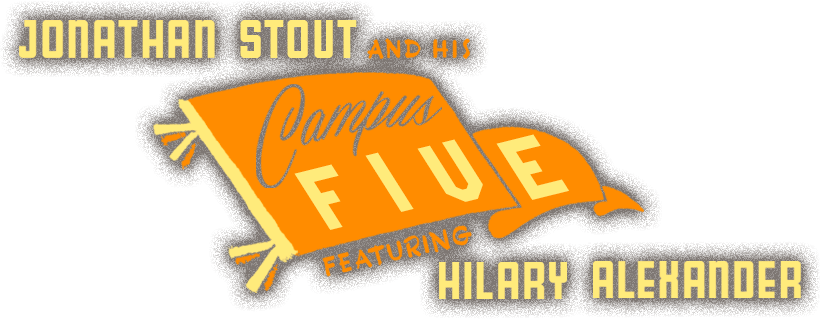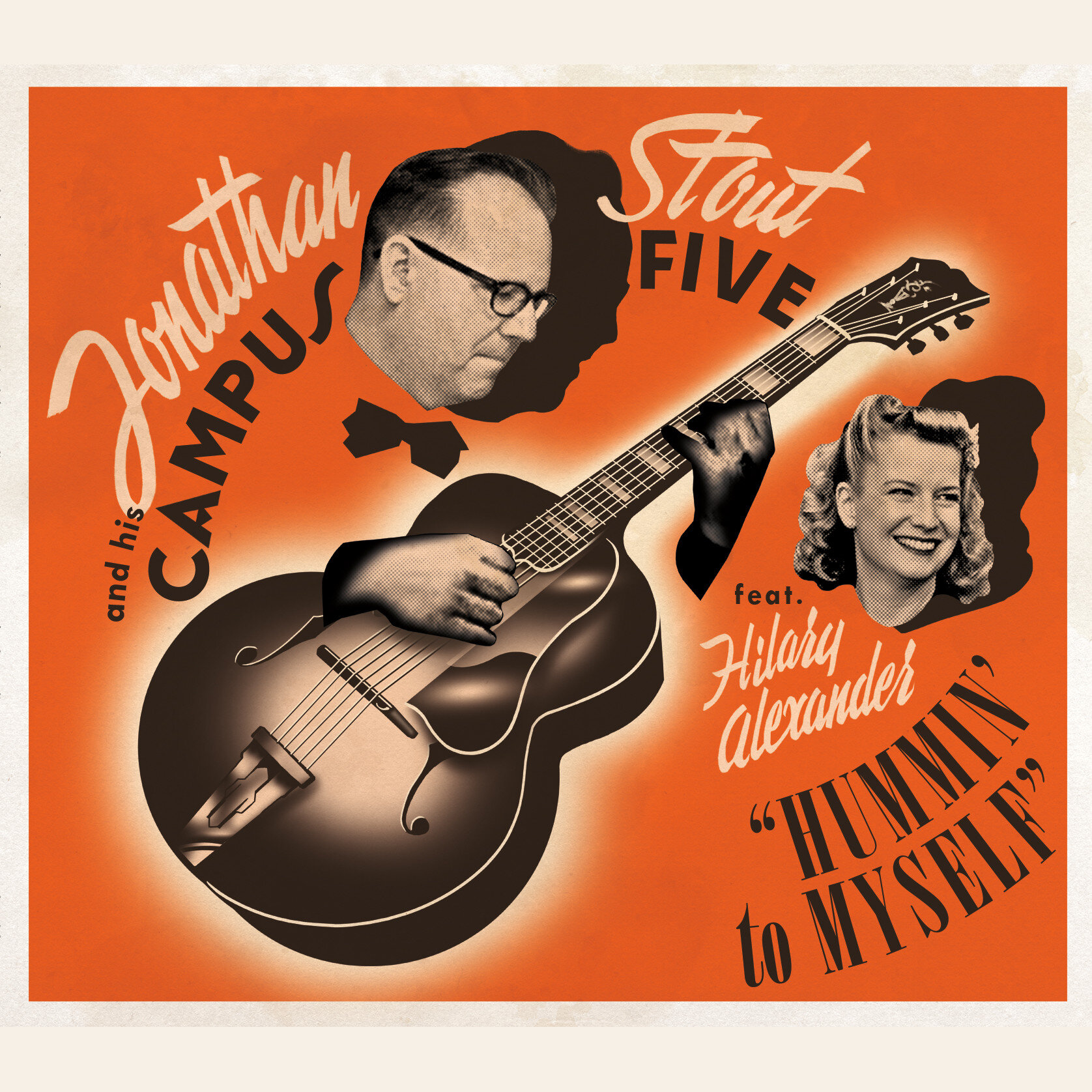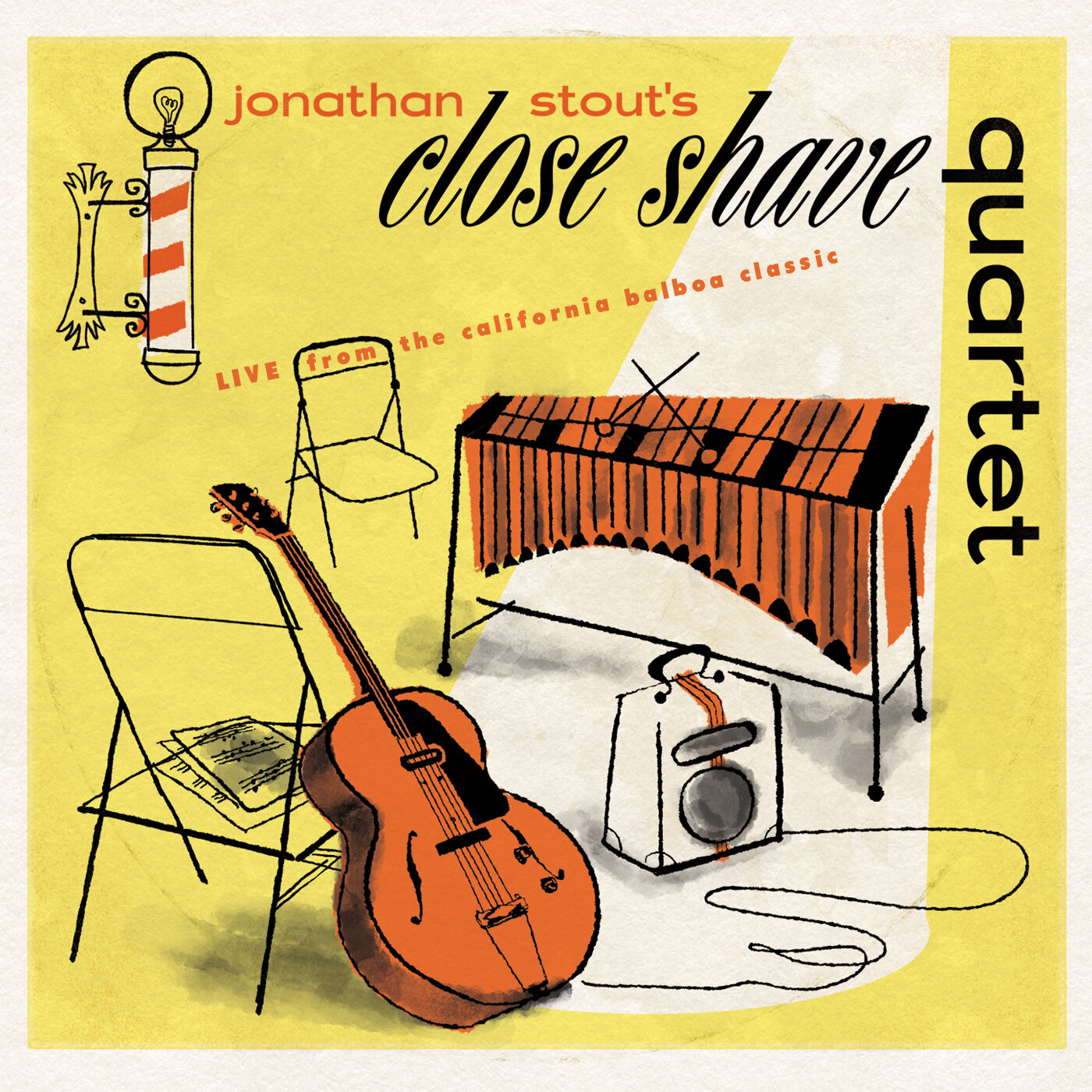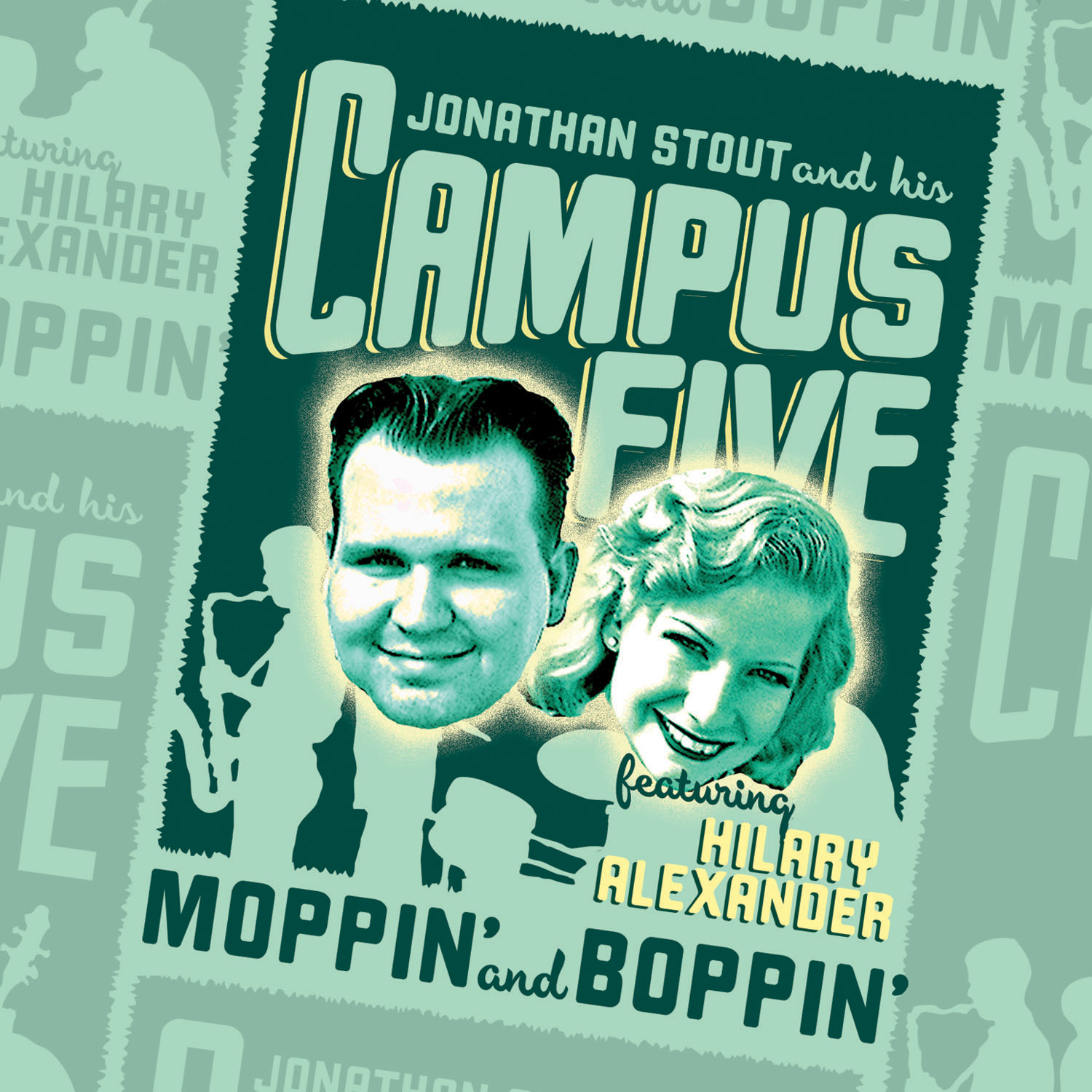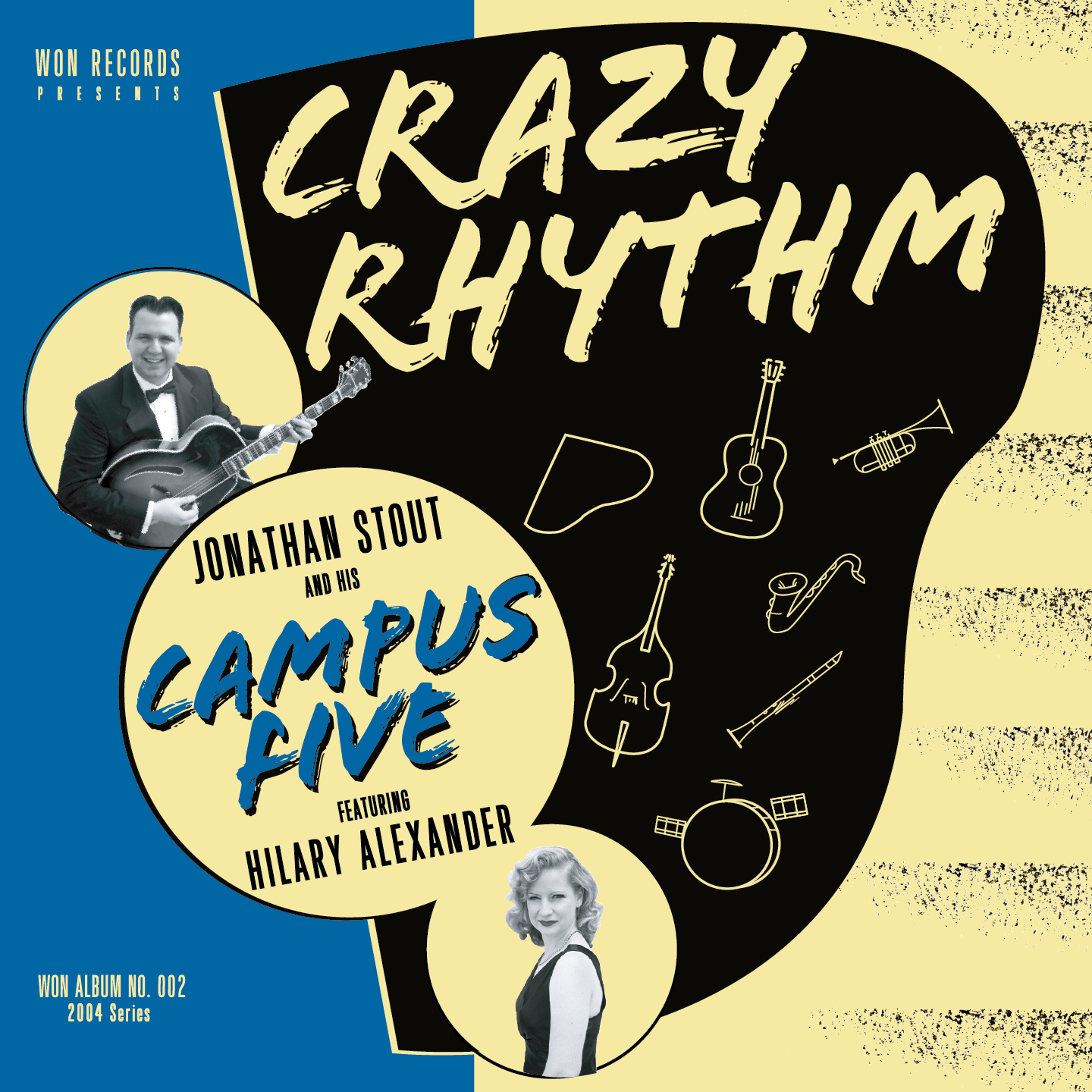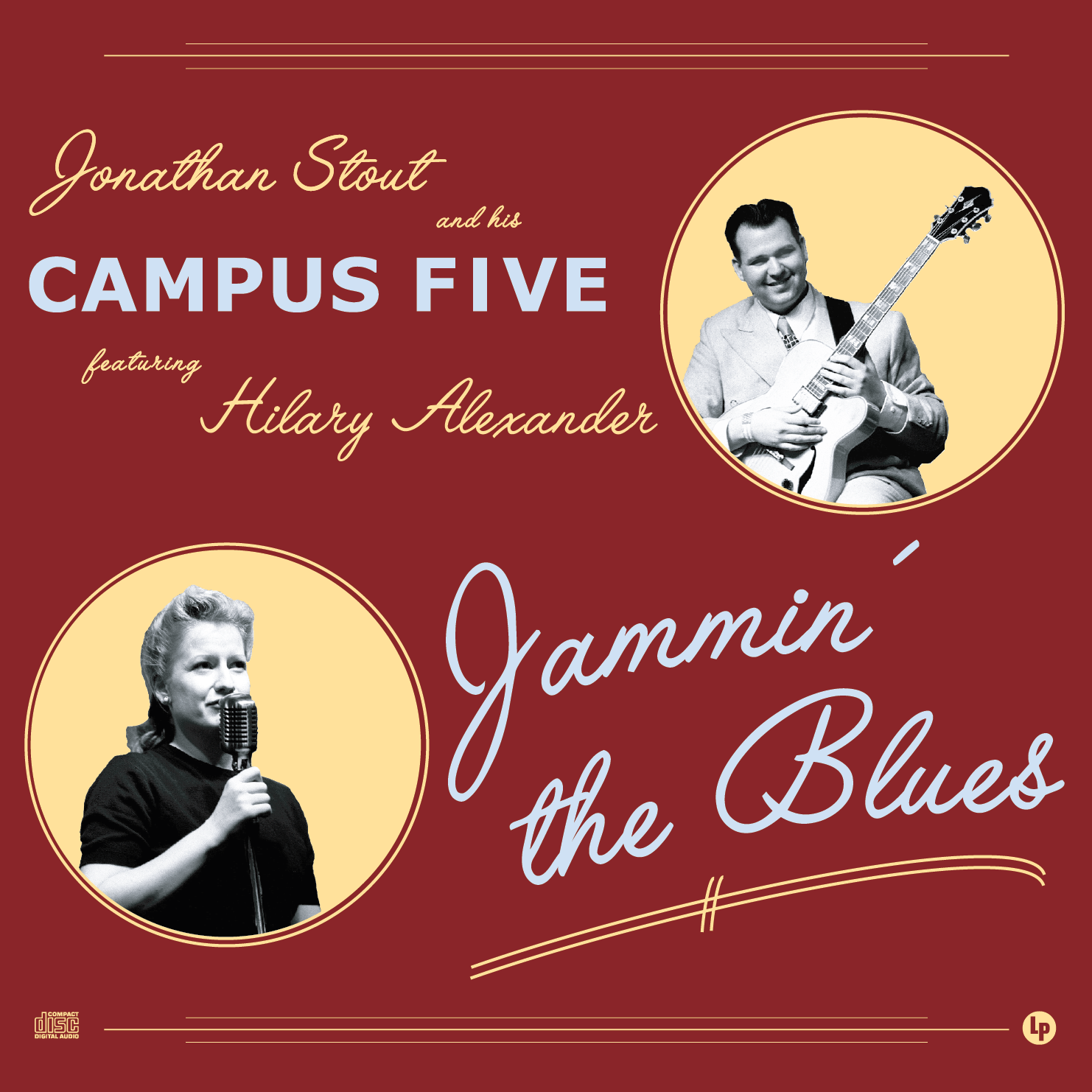One of the original posts on the old blog was an examination of a modern lead sheet, and de-bebop-ifying the chords (link).
If you've ever cracked a fake book to learn a tune, you might have noticed just how "hip" some of the songs are. Bebop has brought a host of new substitutions and complications, and moreover the basic default for harmony are unique to both early and later forms of jazz. To get the swing-style chords you will often have to de-bopify the changes, removing unecessary ii-V movements, and complex extensions. But at the most basic level you will have to reevaulate the types of chords used.
I think it's time to revisit the concepts mentioned, and cover them with a little more detail.
All of Me - Modern vs. Swing-Era (PDF)
The top staff shows chords that were taken directly from a leadsheet I found somewhere on the internet, and there is no exaggeration. The bottom staff is pretty standard way it would have been played during the Swing-era.
1. 6 kinds of chords
The concept of 6 types of chords goes back at least as far as Eddie Lang and his instructional manuals (which you can buy digital copies of at djangobooks.com). Each type of chord has a specific function. You can stack extensions and alterations on top of these chords, but the idea is that those extensions don't or even can't alter the function of the chord.The six types are:
Major
Minor
Dominant
Minor7th
Diminshed
Augmented (I might argue that Augmented chords are only used as funky dominant chords in swing, and therefore don't really need their own category)
Understanding the function and type of any chord is key to getting the harmony right, and that understanding will also help when approaching any song melodically as well.
2. Stylistic Defaults
Major - (generally I and IV chords in major keys) Swing musicians would always voice these as Major 6th chords, whereas Bebop and later jazzbos generally would voice these as Major7ths. Major7ths are very un-swing, and they've got to go.
Minor - (generally i and iv chords in minor keys) Swing arrangers always voiced these are Minor 6th chords, and bebopers would use a Minor 7th chord. Minor 7th chords have a "dorian" sound, which is not appropriate for the swing-era. Eddie Lang put minor 7th in their own category, and I agree. Always use a minor6th voicing unless the minor chord in question has the function of a minor 7 (see below)
Dominant - Dominant chords cycle backwards - it's just what they do. Dominant chords have a partner in crime, which is the Minor 7th chord. The only key is know when to let the dominant chord work solo.
Minor 7th - Minor 7th chords lead into a dominant chord, and just smooth out the voice leading. Swing harmony uses minor7th chords for vamps (like I6-vi7-ii7-V7), and cadences. Bebopers tend to cram them everywhere possible. Unless there is a vamp or you're coming to the end of the phrase, you should probably cut out the extra minor 7ths.
Diminished - Diminshed chords have role as a passing chord in both swing and bebop.
Augmented - Frankly the only time you see augmented chords in swing, they are basically colored V7 chords.
